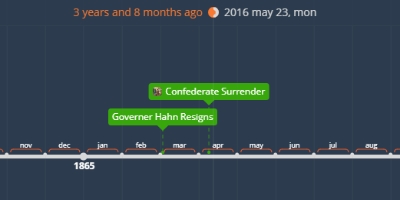pompeii
Category: Other
Updated: 30 Nov 2020
Contributors
Created byJadeite Nephrite
Attachments
Events
"Pliny's mother tells his uncle about a cloud appearing overtop Mount Vesuvius.
There had been tremors in the days
leading up to this, though this was
not out of character for the area of
Campania. Winds carry much of the ash to the southeast.
The "Plinian phase" of the eruption begins.""1:oo p.m.: East of the Volcano, ash begins to fall. Pompeii lies just six miles from Vesuvius.""2:00 p.m.: Pompeii begins to experience ash and then white pumice
fall with accumulations
continuing at 10-15 cm per hour.
There will eventually be a layer 280 cm
(3 yards) thick of pumice.""5:00 p.m.: A roof collapses in Pompeii
from the weight of the pumice stone
and ash. Fist-sized lithics (rocks) are
also falling at a speed of 50m per
second on the area. The sun is blocked
and thus no natural light was available
to the people seeking shelter from the eruption.
Many rush towards the harbor of Pompeii. I
nto the evening, a gray pumice begins to fall.""ca. 11:15: The first surge hits Herculaneum, Boscoreale and Oplontis[.]""Midnight: The eruption column above Vesuvius has gone from 14 to 33 km in the air.
Pumice and ash enter the stratosphere.
In the next seven hours, six pyroclastic
surges will hit the area.""1:00 a.m.: A second surge hits Terzigno[.]""5:30 a.m. (sunrise): A second surge hits just north of Pompeii[.]""6:45 a.m.: A surge destroys Pompeii[.]"""7:00-7:30 a.m.: Pliny the Elder dies of suffocation at Stabiae
after earlier attempting
to sail out to check out
the impact of the eruption.
His nephew, Pliny the Younger,
had retired inland from Misenum
and on the way met up with many
of the crowds fleeing the eruption.
The Younger Pliny would survive
and later write multiple letters to
his historian friend, Tacitus,
to tell him about the disaster of 79 CE (Ep. 6.16, 6.20)."

Comments